Key Things to Check During a Home Tour
Exploring homes can be exciting, but it’s important to stay focused during a tour to avoid overlooking key details. Start by assessing the home’s curb appeal and overall exterior. The exterior is the first thing you see, and it can reveal a lot about how well the home has been maintained. Look for signs of wear or damage, such as cracks in the foundation, chipped paint, or damaged siding. Pay attention to the roof’s condition, as repairs or replacements can be costly. Check for proper drainage around the property to ensure water isn’t collecting near the foundation, which could lead to long-term damage. Take note of the landscaping, as overgrown bushes or neglected yard care may indicate that the home hasn’t been properly maintained. It’s essential to assess both the exterior and the interior of the home to get a full understanding of its condition.
Inside the home, evaluate the layout to ensure it meets your needs. Consider the flow of the rooms and whether the space works for your lifestyle. Take note of the natural lighting in each room, as it can significantly impact the overall ambiance of the home. Rooms that feel dark or cramped may require additional lighting or changes to the layout. Check the room sizes to ensure they’re large enough for your furniture and lifestyle. Storage spaces are another important aspect; consider whether the closets and cabinets are sufficient for your needs. Don’t hesitate to take measurements of key spaces to ensure your furniture fits. Bringing a checklist can help you stay organized during the tour and ensure you don’t miss any important details that could impact your decision.
Inspecting the home’s systems is critical during a tour to ensure there are no hidden issues. Check the HVAC system for age and efficiency, as replacing or repairing these systems can be expensive. Test faucets, lights, and outlets to confirm they’re functioning properly. Look at the water heater and ask about its age to understand how much longer it may last. It’s also important to check the plumbing for leaks or signs of water damage, which can be costly to fix. If possible, visit the attic or basement to inspect for signs of water damage, mold, or pest infestations. These spaces can reveal hidden issues that aren’t visible in the main living areas. Don’t hesitate to ask the seller for documentation of recent repairs or upgrades, as this can provide valuable insight into the home’s condition.
Lastly, be mindful of red flags that could indicate larger, more costly issues. Unpleasant odors, uneven floors, or walls with stains may point to hidden problems like water damage or structural issues. Cracked windows, doors that don’t close properly, or doors that stick may indicate foundational problems or shifts in the home’s structure. Pay close attention to any disclosures provided by the seller, as they may highlight known issues with the property. However, trust your instincts as well—if something feels off, it’s worth investigating further. It’s always a good idea to schedule a professional inspection before making a final decision. A thorough inspection can uncover problems that you might not have noticed during the tour. This step can help you avoid unexpected expenses down the line and give you peace of mind before moving forward with an offer.
Categories
Recent Posts
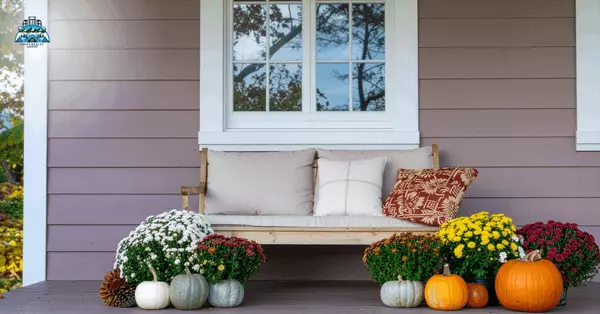
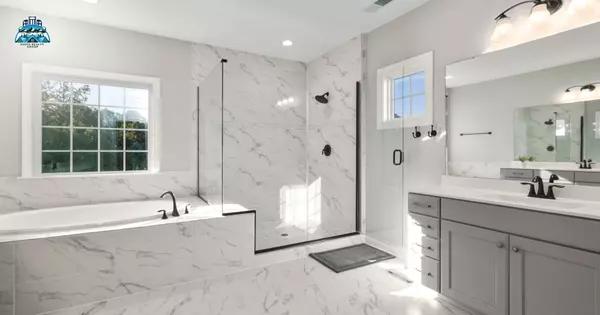

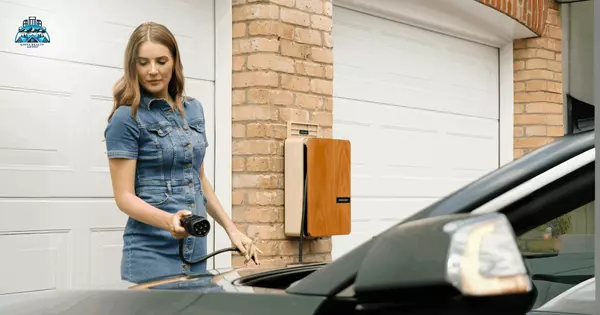



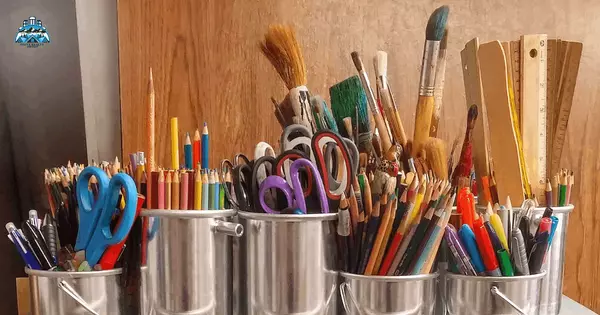
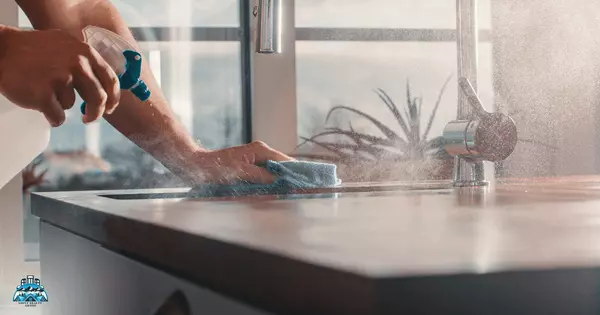
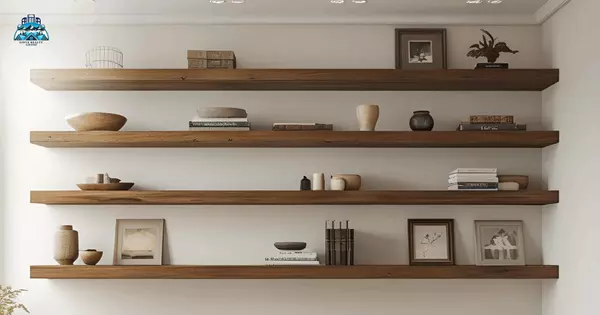
GET MORE INFORMATION


